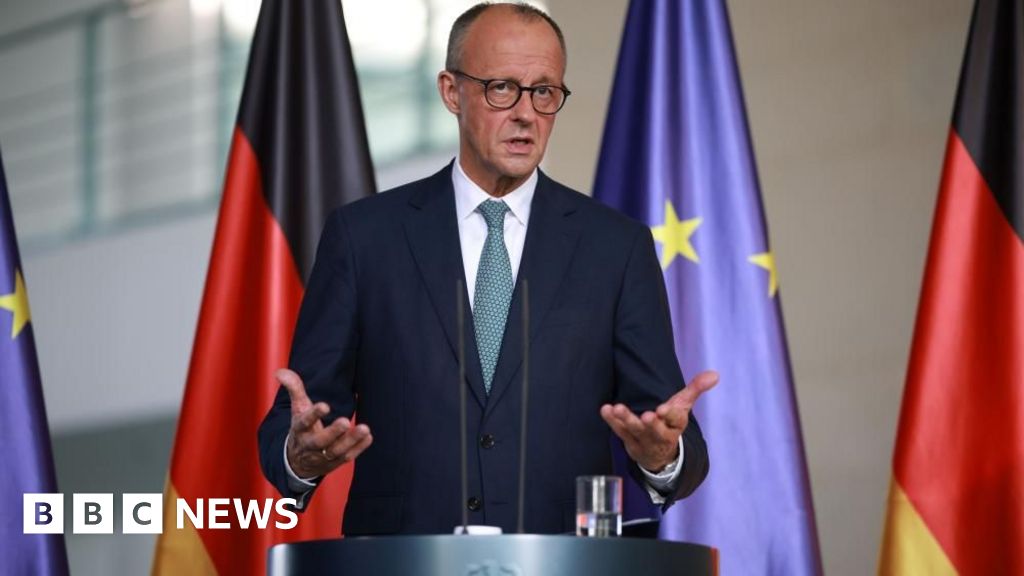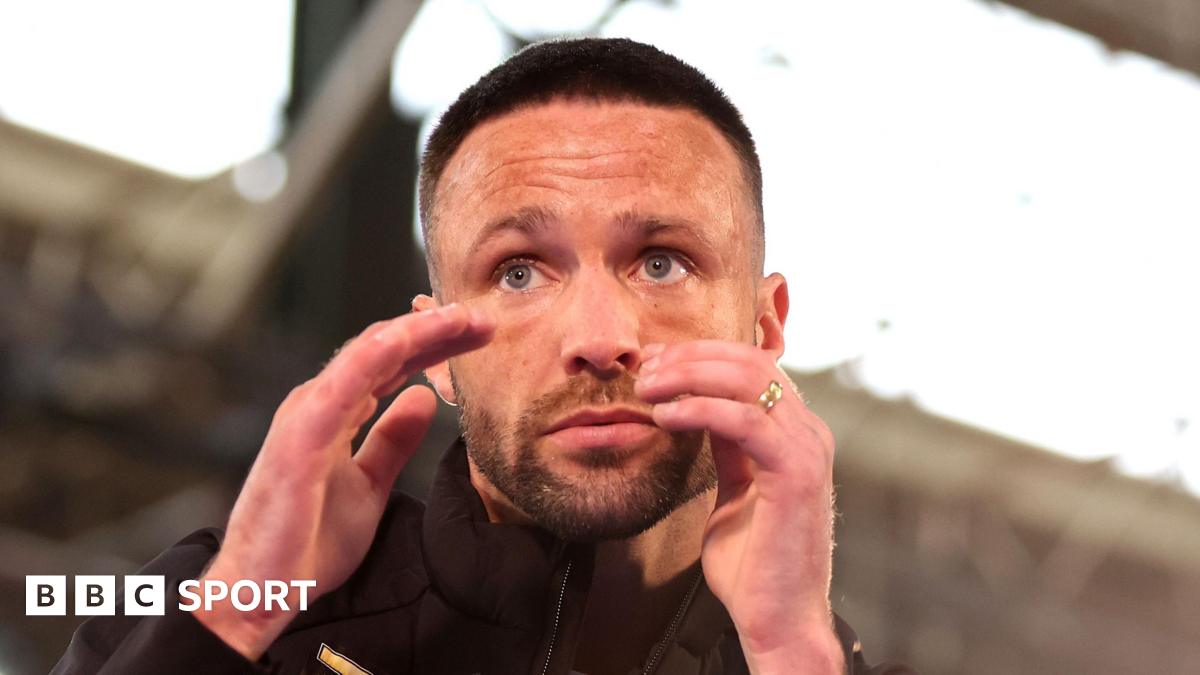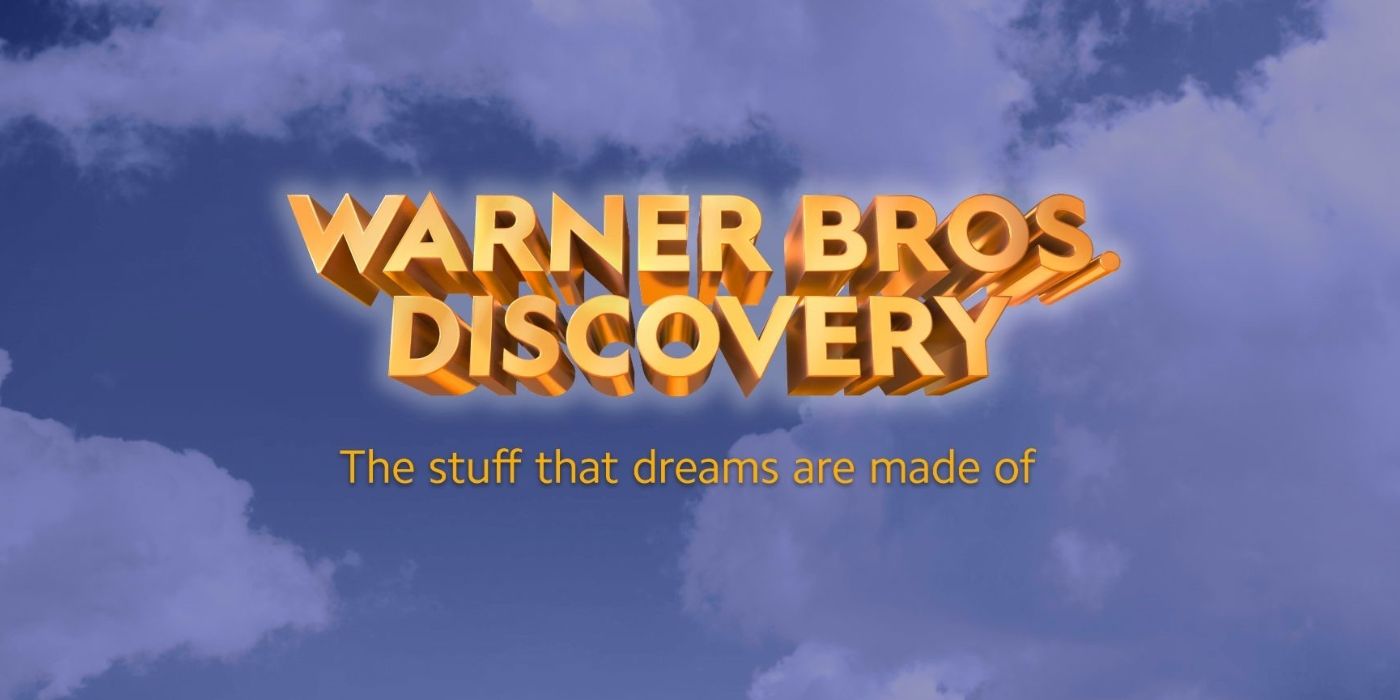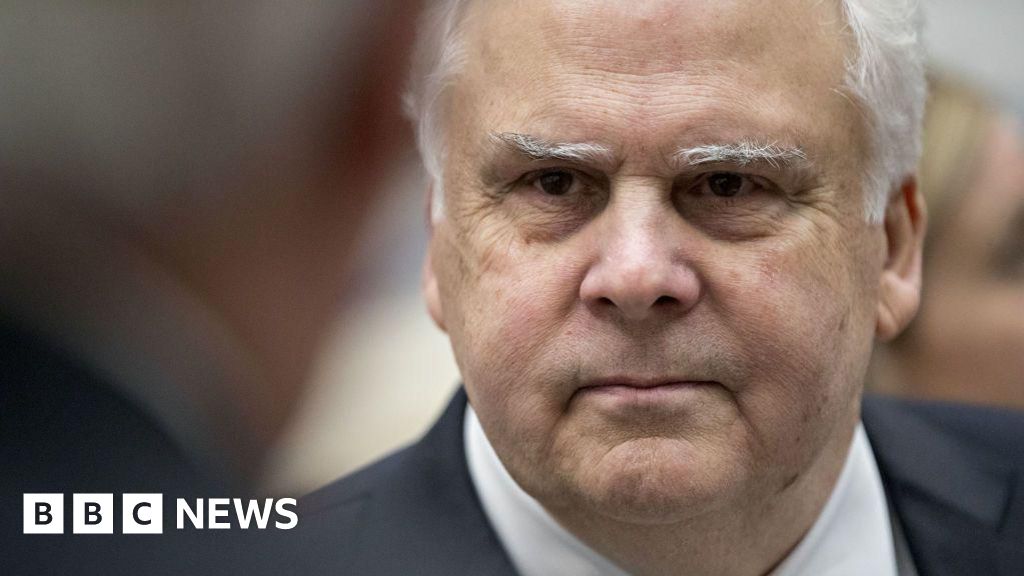How to be a decisive leader in a world where everything is hybrid

When you log into Amazon, its AI-powered recommendation engine guides you towards a purchase. After you select your items and order, computer vision guides robots in fulfillment centers to pick up the inventory, and machine learning optimizes delivery routes.
The Amazon order fulfillment system is paradigmatically hybrid—hundreds of thousands of human employees work closely with AI systems to deliver over 9 billion packages on the same or the next day to customers all around the world.
This isn’t the future. This is how your groceries get delivered. It’s the hybrid world, where transactions blend multiple intelligences, and where leadership requires convergence.
The Great Convergence
We thought digital transformation was a destination: install software, train teams, done. We were wrong.
What’s actually happening is a profound reshaping of business reality—the creation of a world where previously hard distinctions like human–digital, physical–virtual, and emotional–algorithmic are softening and blurring, a world where humans and AI systems are becoming inseparably entangled.
Consider three seismic shifts:
- Markets Have Become Hybrid Organisms
Customers don’t distinguish digital from physical. They shop on Instagram, in-store, and via apps, expecting virtual assistants to remember everything. Customers exist everywhere, in all realities, fluidly moving between interacting with human and AI sales agents. - Workforces Are Human–Digital Partnerships
Rather than employees simply using digital tools, they are moving towards developing symbiotic relationships with them. For example, medical professionals can use AI to detect patterns invisible to humans, and simultaneously, human feedback trains and improves the AI system. The result is better than either humans or AI could achieve alone. - Leadership Is Multi-Dimensional Chess
Running a company was complicated; now it’s complex. Complicated problems have solutions. Complex systems have endless, interconnected variables changing unpredictably. Leading in the hybrid world means deciding across dimensions you can never fully see.
‘Digital-First’ No Longer Holds
Leaders often respond to technological transformation by demanding that everything must be reoriented around the new technology—the “digital-first” approach. But in a hybrid world this approach is mistaken.
In a hybrid world, the challenge isn’t that we must choose between physical versus digital or human versus machine. The challenge is that we need to orchestrate their convergence.
This requires a new approach in three areas:
1. Hybrid Markets: Where Algorithms Meet Emotions
Hybrid markets are fluid ecosystems where customers interact through multiple touchpoints hourly—human, AI, or blended.
Starbucks’s mobile app creates a hybrid experience, with AI-driven personalization generating hundreds of thousands of email variations. Predictive ordering and human barista craftsmanship drive 31% of U.S. orders via mobile, growing active rewards members to 34.3 million in 2023.
But hybrid markets aren’t just about technology—they’re about emotional coherence. Target’s predictive analytics identified pregnant customers but violated privacy expectations, showing algorithmic intelligence needs human judgment.
The Convergence Solution: Blend data science, behavioral psychology, and ethics. Before deploying customer-facing AI, ask:
- What does the data say? (Analytics)
- How will customers feel? (Psychology)
- Should we do this? (Ethics)
2. Hybrid Workforces: Partners, Not Tools
Goldman Sachs estimates AI could impact 300 million jobs, with two-thirds of occupations facing automation. But real value comes from augmentation—AI handles routine tasks, humans focus on complex decisions, relationships, and innovation.
For example, AI is revolutionizing the legal industry by speeding up and even fully automating routine operations like reviewing contracts, preparing client summaries, and tracking billable hours. This allows firms to redeploy lawyers to strategic roles like negotiating deals and advising on regulations, boosting both efficiency and job satisfaction.
At Moderna, AI helped design its COVID-19 vaccine. AI created mRNA for scientists to test, scientists experimented with them in the lab, and AI then examined the resulting data to identify which of the mRNA sequences were suitable to advance to animal trials. In just 42 days, Moderna had a COVID-19 vaccine it could test on humans—an unprecedented result, and one that would have been impossible without the close collaboration between human beings and AI systems.
The Convergence Solution: Reimagine the workforce as a hybrid organism. Stop separating “human resources” and “digital transformation.” Create roles like:
- Human-AI Collaboration Designer: Engineers workflows leveraging each intelligence’s strengths.
- Cognitive Load Balancer: Ensures humans aren’t overwhelmed by digital complexity.
- Partnership Ethicist: Navigates moral implications of human-AI collaboration.
3. Hybrid Leadership: Navigating Paradox
“The test of a first-rate intelligence,” said the American novelist F. Scott Fitzgerald, “is the ability to hold two opposed ideas in the mind at the same time, and still retain the ability to function.”
Hybrid leaders will have to be first-rate leaders, because hybrid-age leaders must be paradox navigators. Every decision involves opposing extremes, and rather than choosing one or the other, hybrid leaders must hold them both in creative tension.
Some fundamental contrasts are:
- Personalization versus Privacy
- Efficiency versus Employment
- Automation versus Authenticity
- Speed versus Reflection
- Global versus Local
- Virtual versus Physical
Hybrid leaders don’t respond to these contrasts with “either-or”—they respond with “both-and”.
The Convergence Solution: Build leadership teams blending:
- Technical Fluency: Knowing what’s possible
- Psychological Insight: Understanding human responses
- Systems Thinking: Seeing connections
- Philosophical Depth: Navigating ethics
- Creative Courage: Embracing paradox as opportunity
The 3 Pillars of Hybrid Success
From studying thriving hybrid companies, three capabilities emerge:
- Fluid Architecture
Build systems that shift between human-led, AI-led, or blended modes—systems that amplify human strengths like creativity when needed and automate tasks like background removal when appropriate. - Convergent Teams
End departmental silos. Build teams blending: engineers who understand psychology, marketers who grasp data science, HR leaders who think like systems architects, and finance professionals who consider ethics. - Adaptive Governance
Traditional governance assumes stability. Hybrid governance assumes flux. Create frameworks handling paradox, ethical councils with technologists and philosophers, and metrics balancing efficiency and meaning.
The Convergence Imperative: Your Next 90 Days
The hybrid world rewards fast action and deep thinking. Here’s your plan:
Days 1 to 30: Map Your Hybrid Reality
- Identify human–digital interactions in your business.
- Document where they create value or friction.
- Spot paradoxes you’re eliminating instead of leveraging.
Days 31 to 60: Build Convergence Capabilities
- Form a convergent team mixing disciplines.
- Run a “paradox workshop” for leaders to practice holding contradictions.
- Redesign one process as a human–AI partnership.
Days 61 to 90: Launch Your Hybrid Transformation
- Pilot a hybrid market initiative blending digital precision and human intuition.
- Redesign one role as a human–AI partnership.
- Establish hybrid governance to handle paradox.
Hybrid Reality is Here to Stay
Every interaction, employee experience, and leadership decision now exists in multiple dimensions. And in this multi-dimensional world, success belongs to those who think, lead, and create across all dimensions simultaneously. Thriving companies see hybrid as opportunity, creating convergence where human creativity and digital capability amplify each other, turning paradoxes into possibilities.
And this world isn’t temporary—it’s now the permanent condition of business. Either you decide what that means for your organization, or it will be decided for you.
What's Your Reaction?
 Like
0
Like
0
 Dislike
0
Dislike
0
 Love
0
Love
0
 Funny
0
Funny
0
 Angry
0
Angry
0
 Sad
0
Sad
0
 Wow
0
Wow
0




























































































